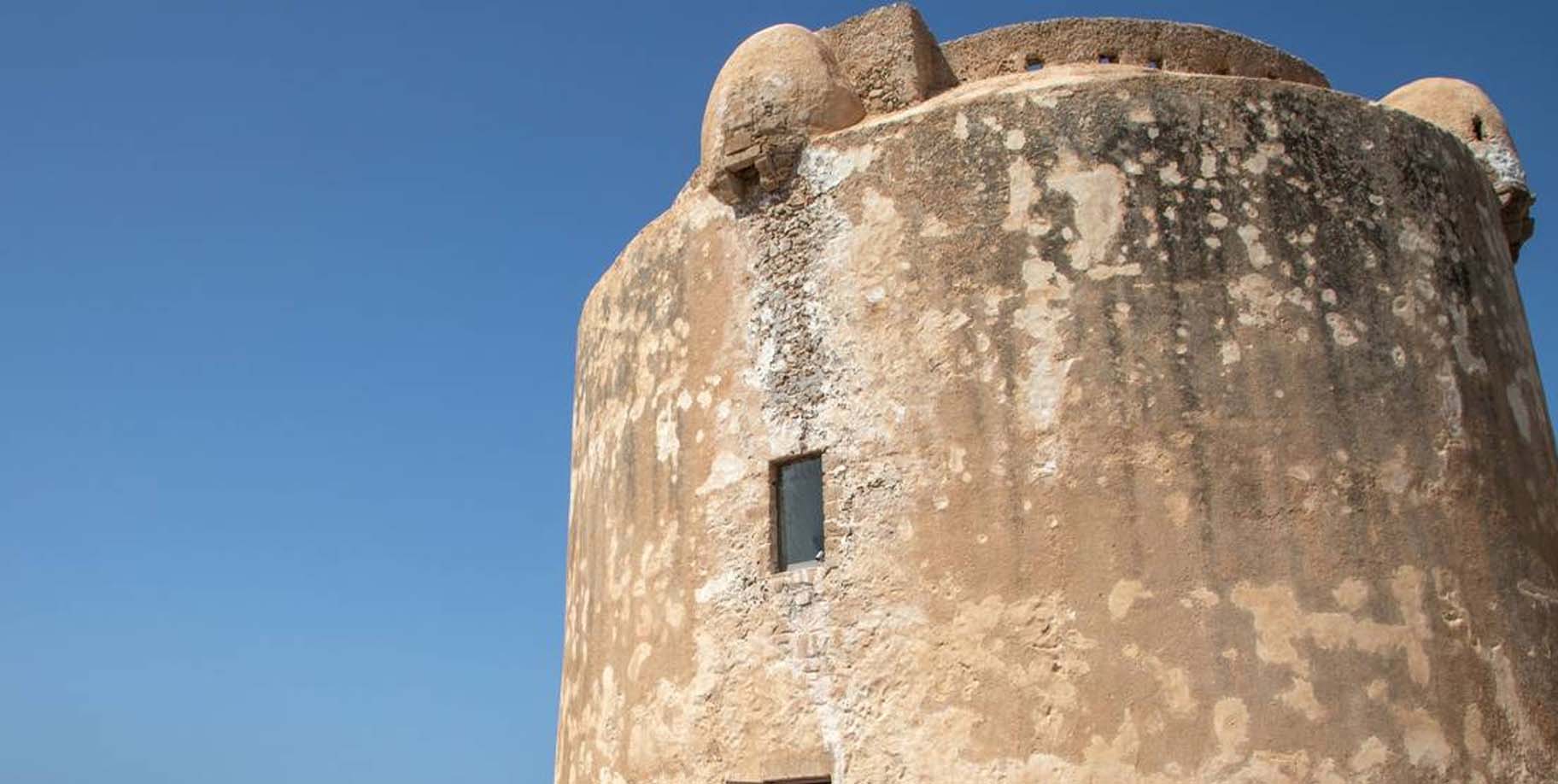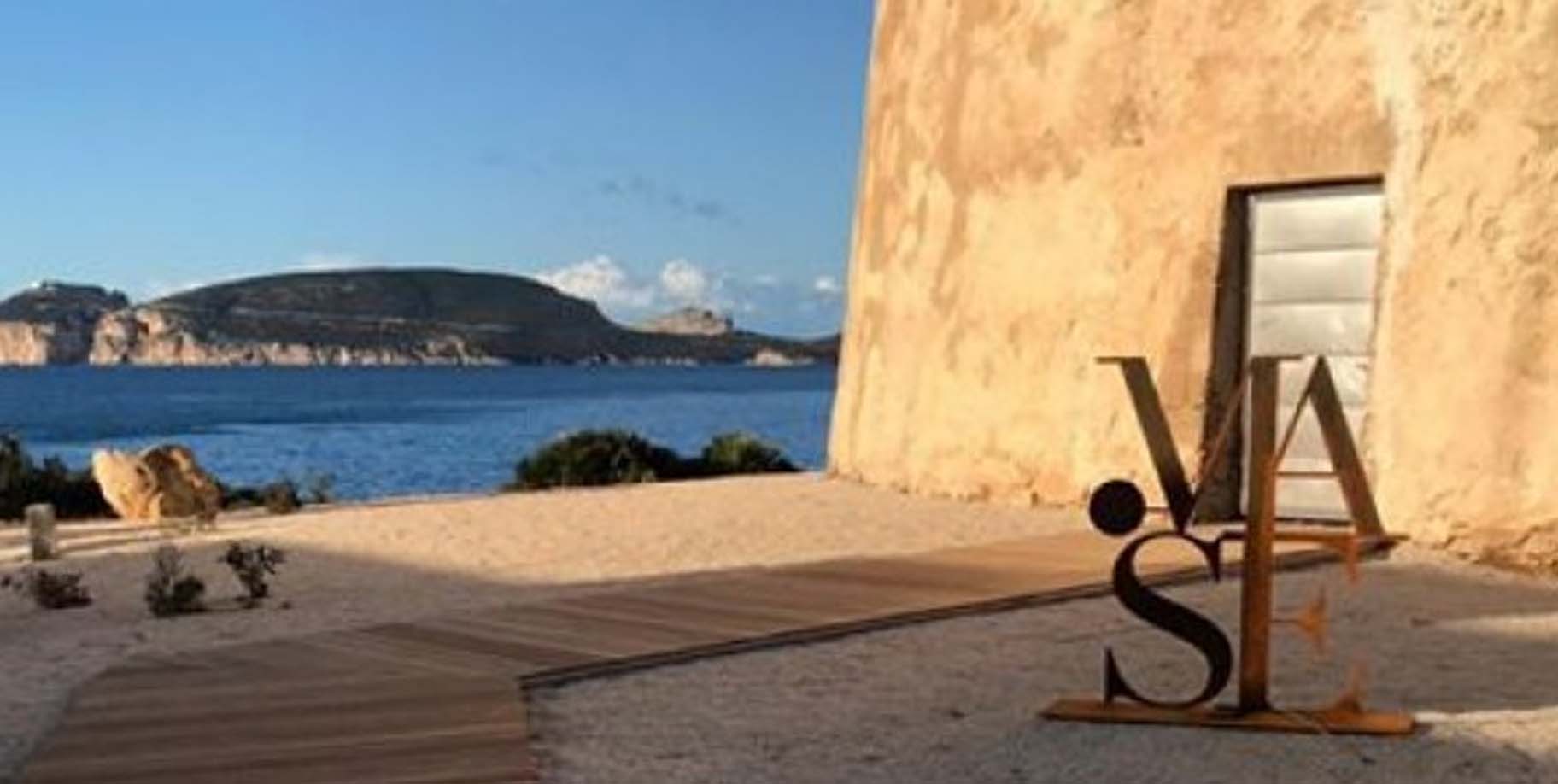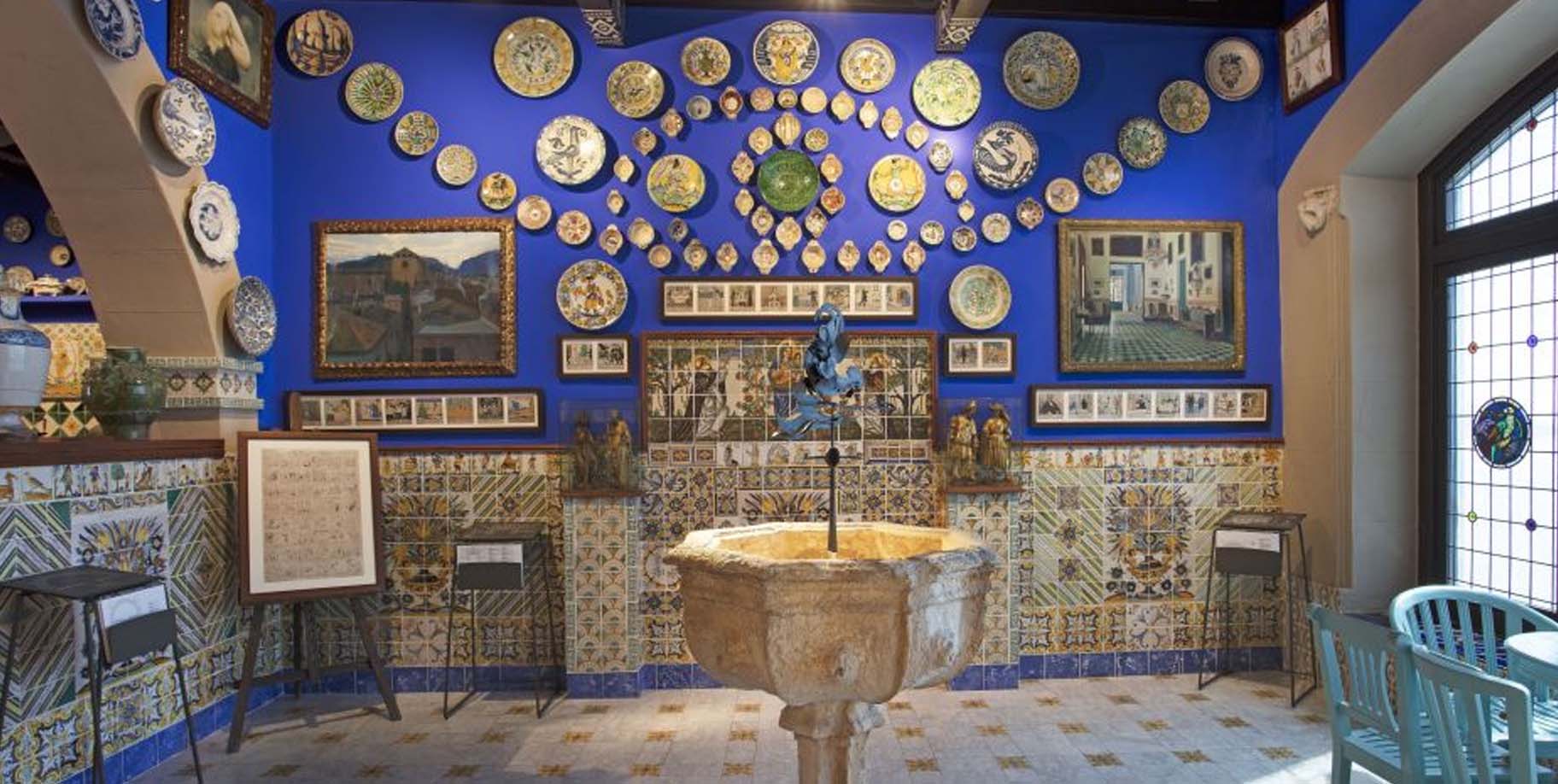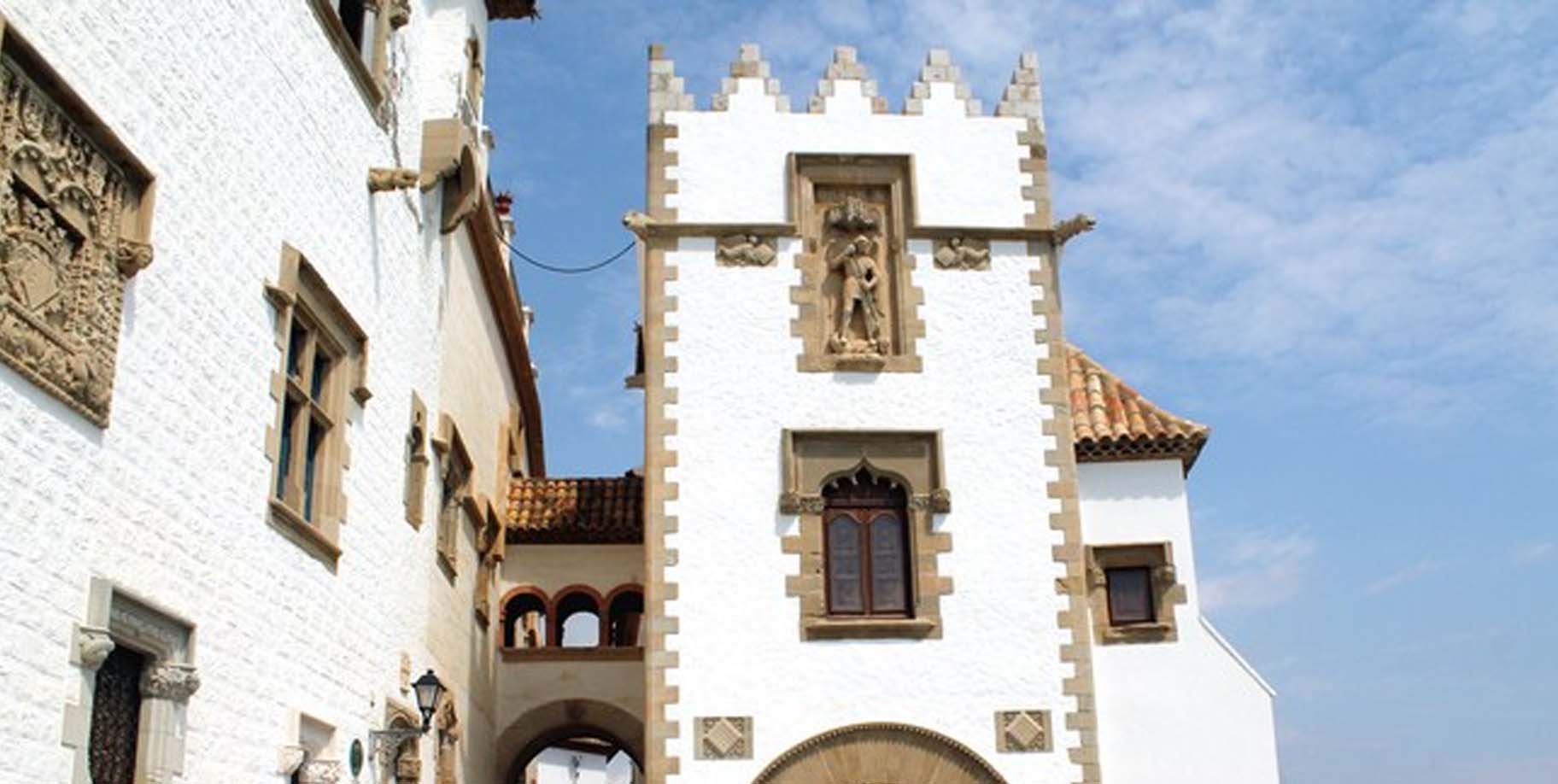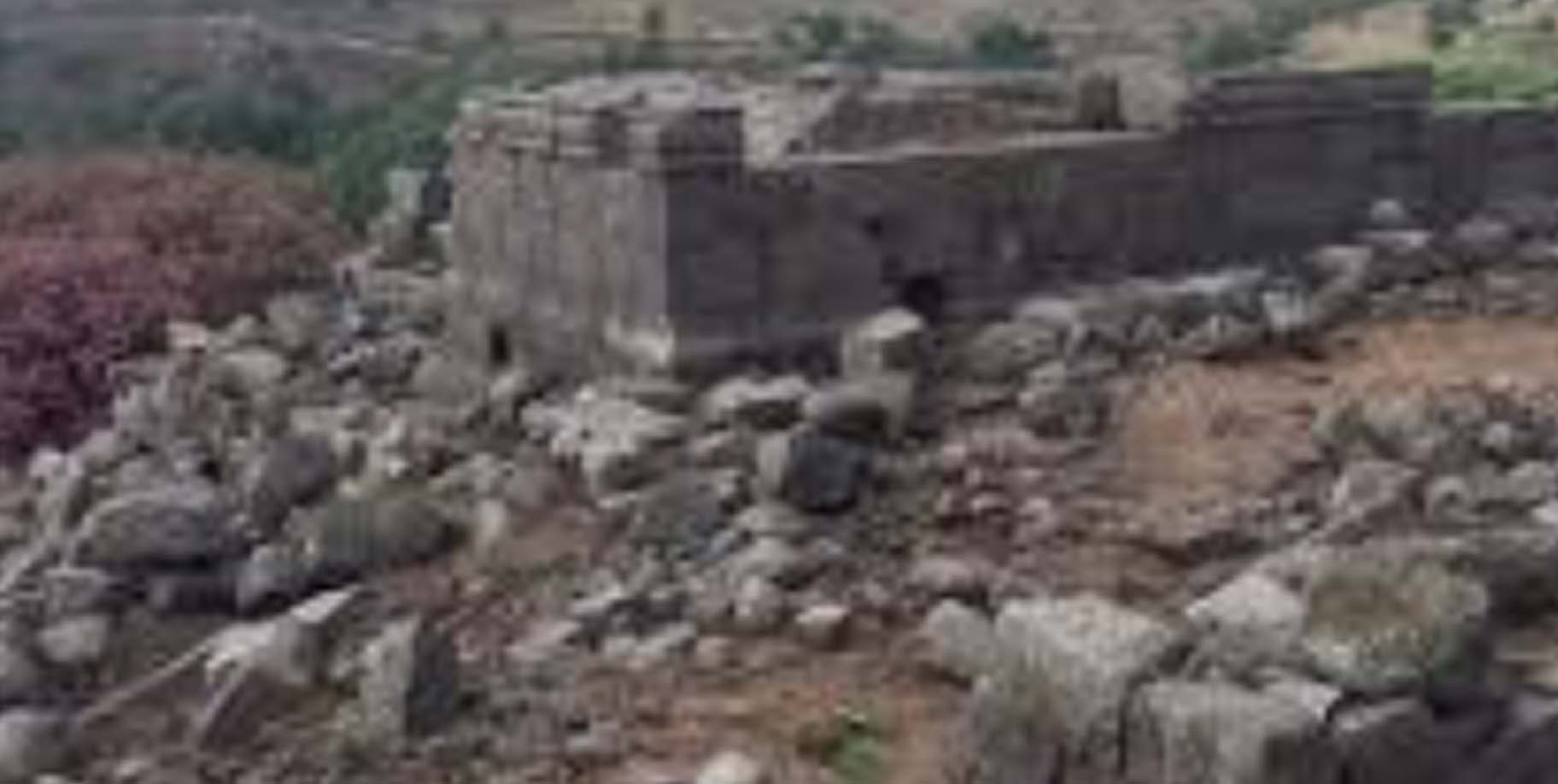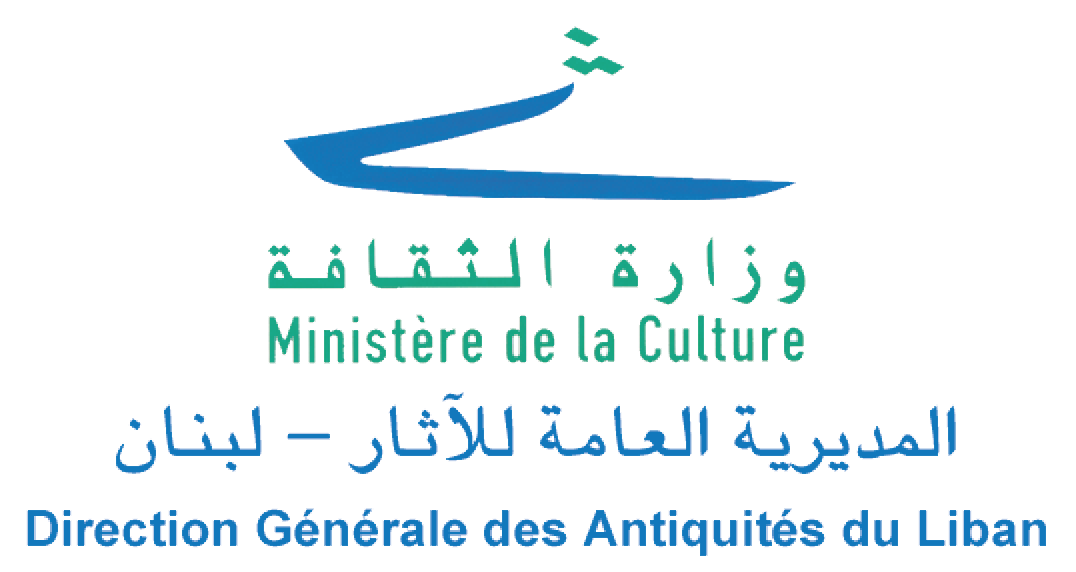We present some ideas and suggestions of spaces where to apply new cultural gamification projects.
JORDAN
Dar Es-Saraya is one of the magnificent old buildings of the city of Irbid – Jordan, 80 km to the north of Amman (Figures 1 and 2). It is a big complex of many different architectural features and parts, related to different periods. It was an Ottoman building, in its latest use during the 19th Century being the building of the Ottoman Governor for Irbid district.
More information
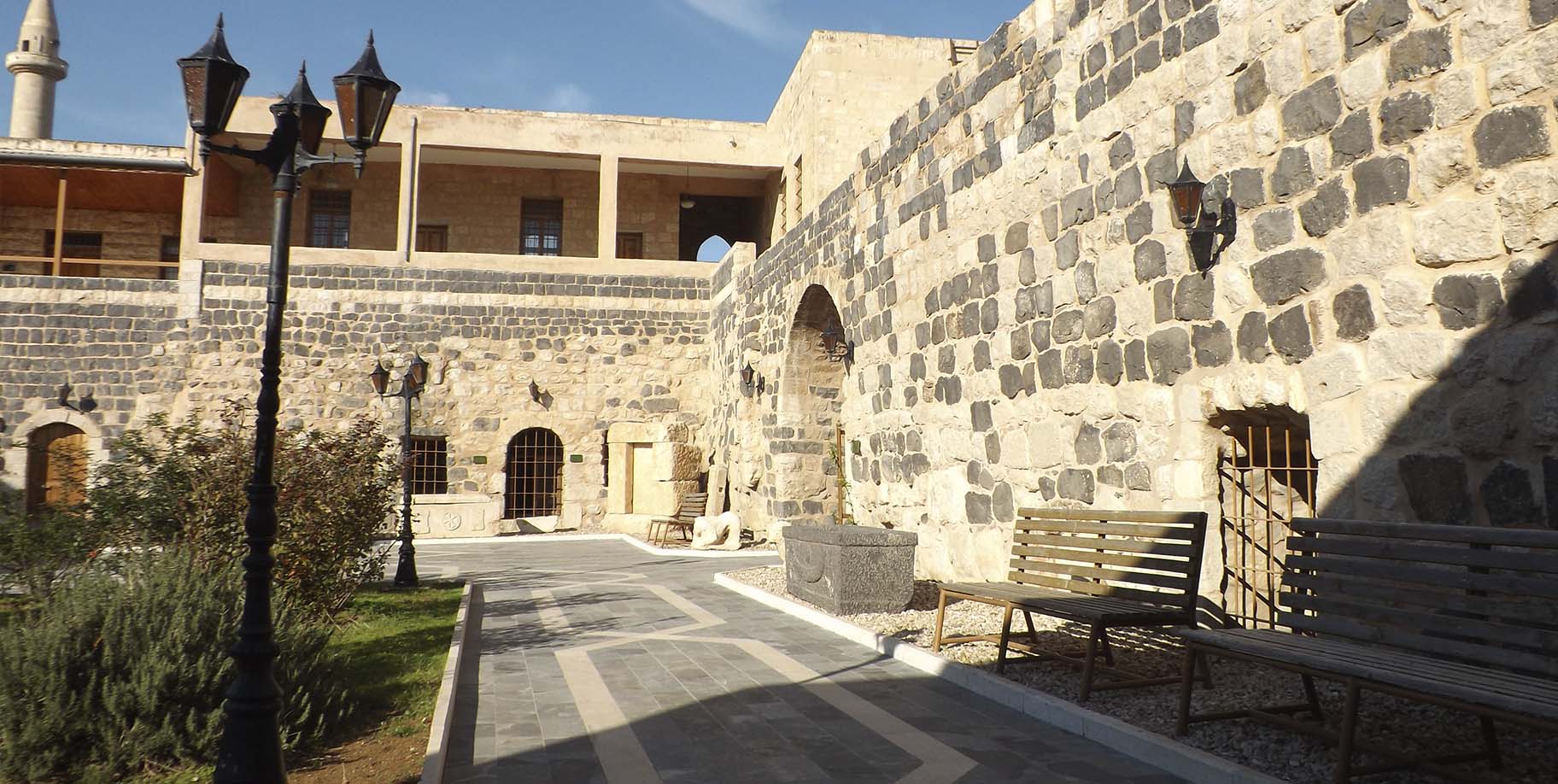
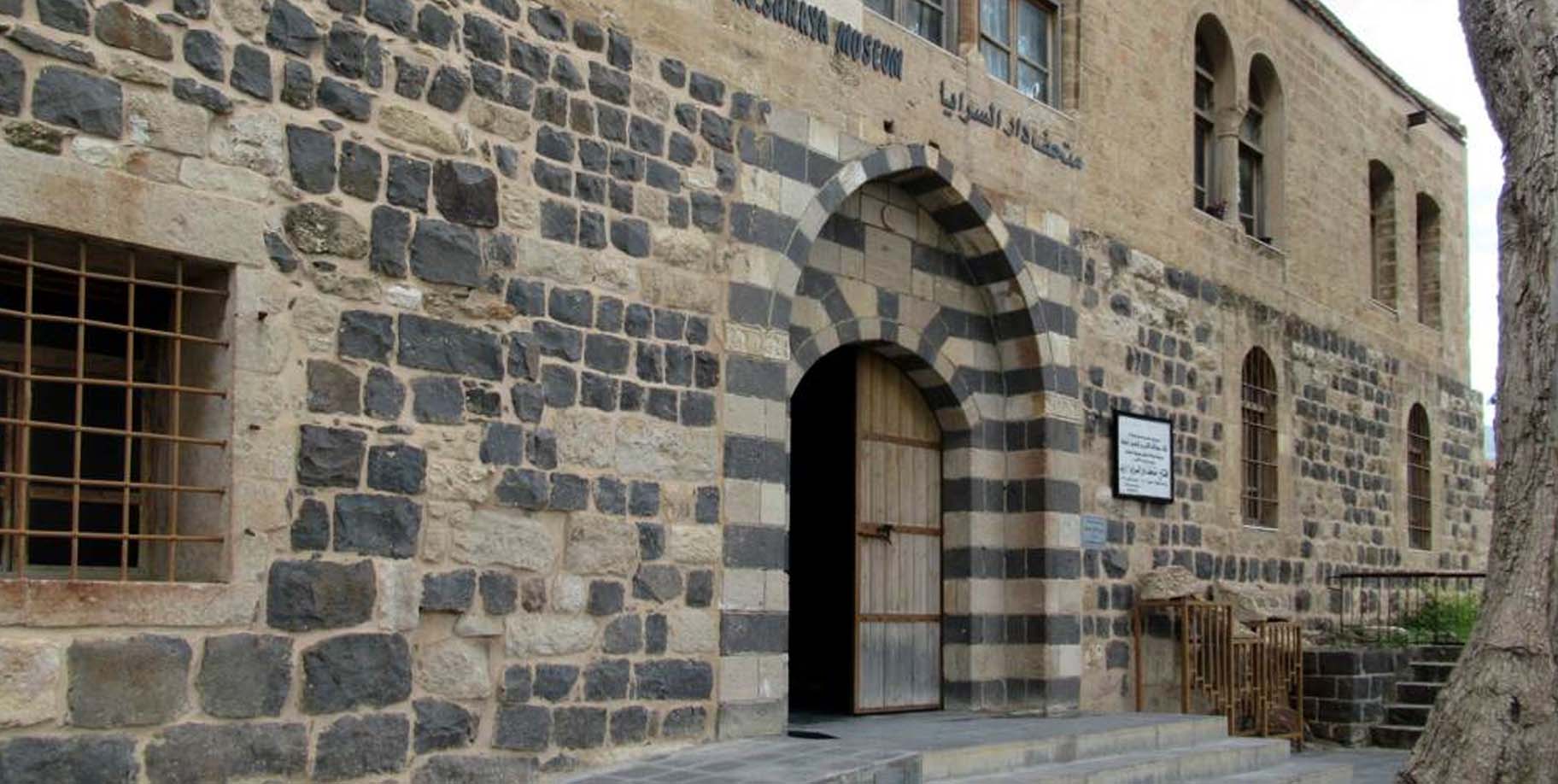
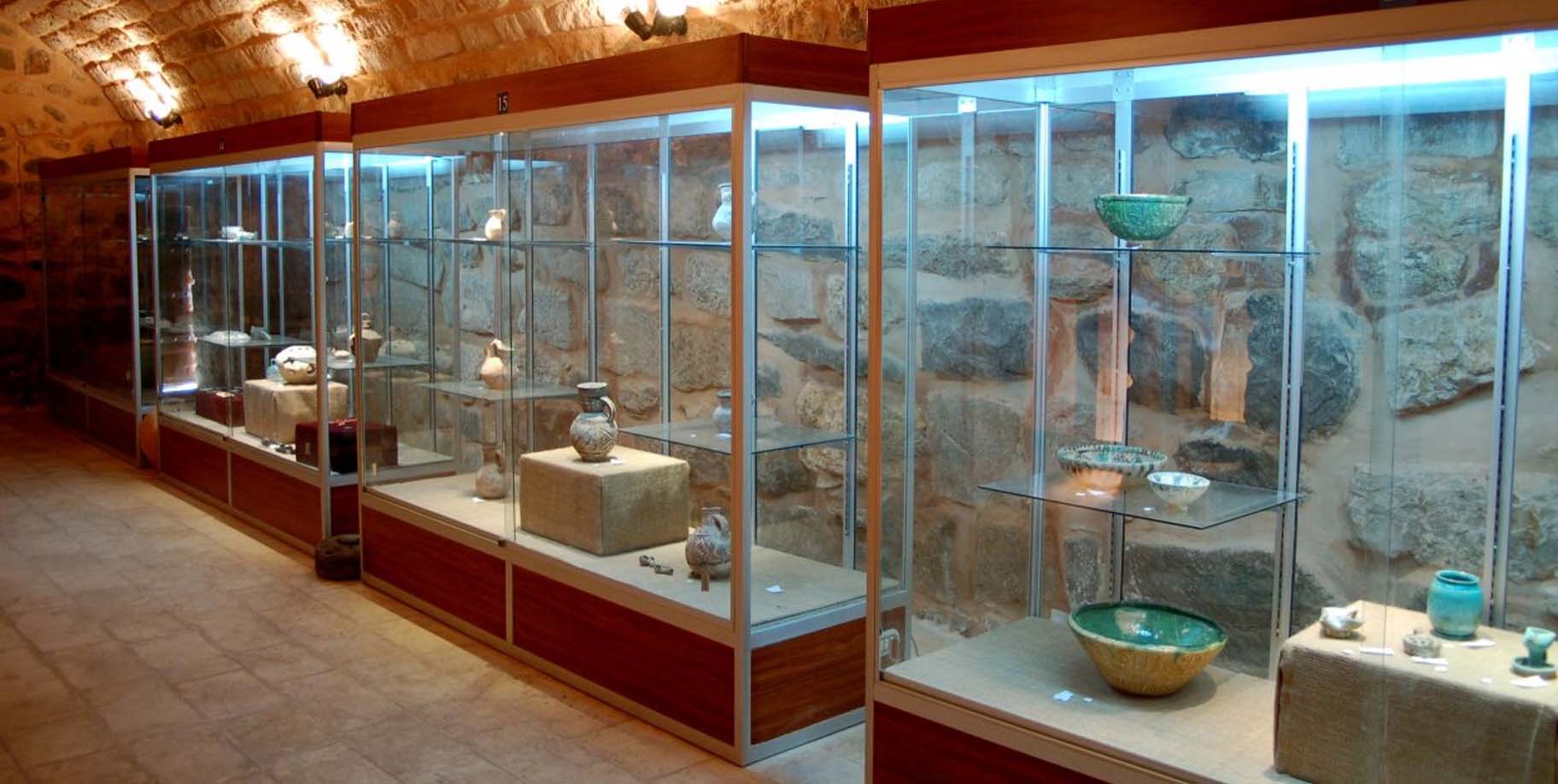
Previous
Next
ITALY
CELEBRATES THE WRITER-AVIATOR’S LIFE AND WORKS
On 10th May 1944, Antoine De Saint-Exupéry arrived at the military airport of Fertilia in a B26 aircraft piloted by Captain Rouzard. He lived in Alghero until July of the same year: in the Bay of Porto Conte, in a villa on a small hill facing the Torre Nuova.
Here, he wrote most of his novel “The Wisdom of the Sands” and his last work, “Letter to an American”. The writer-aviator’s life and works are celebrated by MASE in a dedicated museum space in the very places so dear to the author of “The Little Prince”.
The museum retraces the most captivating and audacious steps of his life, guiding us in the discovery of interesting and unexpected details surrounding his links with the city of Alghero. The rooms and display cases house themed installations, personal keepsakes, period documents and works of art as well as detailed information panels. Photos taken in Alghero in 1944 by John Phillips, the internationally renowned Life magazine photojournalist, who produced a photo report immortalising the writer’s final days, are also on display.
More information
SPAIN
The Cau Ferrat Museum was founded in 1893 by the artist Santiago Rusiñol (1861-1931) as a home workshop and became public museum in 1933, preserving the artistic spirit inspired by his founder. The Museum contains collections of ancient art gathered by the artist and modern art with works by Rusiñol, Casas, Picasso R. Pichot, Mas i Fondevila, Zuloaga, Regoyos and Degouwe of Nucques, Henry Clarasó Manolo Hugué and Pau Gargallo, among others.
Painting, drawing, sculpture, wrought iron, ceramic, glass and much of the plastic art authored by Rusiñol itself form a unique artistic ensemble that, alongside with the building hosting the works, are an example of how “Modernisme” revered all art forms. It is the first must-see visit among all the museums of Sitges.
This tourist site is interesting not only for its building (Casa Rocamora) but also for the biography of the artist Santiago Rusiñol and all the artistic works showed in the museum.
More information
LEBANON
Menjez is a village located in the Akkar District overlooking the “El-Kabir” river which forms the northern boundary between Lebanon and Syria. Its Name is of Syriac origin meaning “saver” or “concealer”. The village is famous for its vernacular houses built with the basalt stone, typical of the region. It encloses an important number of archaeological and historical monuments including the Roman Temple of Makam El Rab in addition to hundreds of megalithic tombs dating back to the bronze age. The village is inscribed in the tentative list of Unesco world heritage sites.
The temple of Makam El-Rab (meaning the sanctuary of the Lord) or also named Beit Jaaluk is located on a hill overlooking the village of Menjez, on the road once crossed by the caravans from the Phoenician coast towards the hinterland, especially Homs, Baalbek and Palestine. The temple, built with basalt stone, dates back to the first century A.D. and is dedicated to Nemesis, the goddess of wealth and fate. Several inscribed dedications were found in the temple, one of which is engraved on a base of a statue dedicated to Nemesis, represented by a wheel under the name of the priest by whom it was offered. In the Byzantine period, the temple was turned into a church.
The Megalithic Tombs, dating back to the Early Bronze Age and built with basalt stone, are located within the village of Menjez and its vicinity. More than a hundred of tombs with different shapes have been discovered. The burial rooms are oval, circular or rectangular. The burial rituals remain uncovered due to the absence of a complete skeleton.
In the sixties of the last century, 87 burials were studied by the Jesuit father Maurice Talon. On 2018-2019, 11 tombs were rehabilitated in the framework of a research and valorization project of megalithic tombs. While on 2021, the Megalithic Tombs were digitized, drawn and 3D modelled. It is worth mentioning that a project of research and database concerning the builders of the Rock art is planned for a period of 4 years (2022-2025). This project will provide a clear understanding of the community of Rock art builders, and the reasons behind the creation of this kind of art which is still mysterious.
